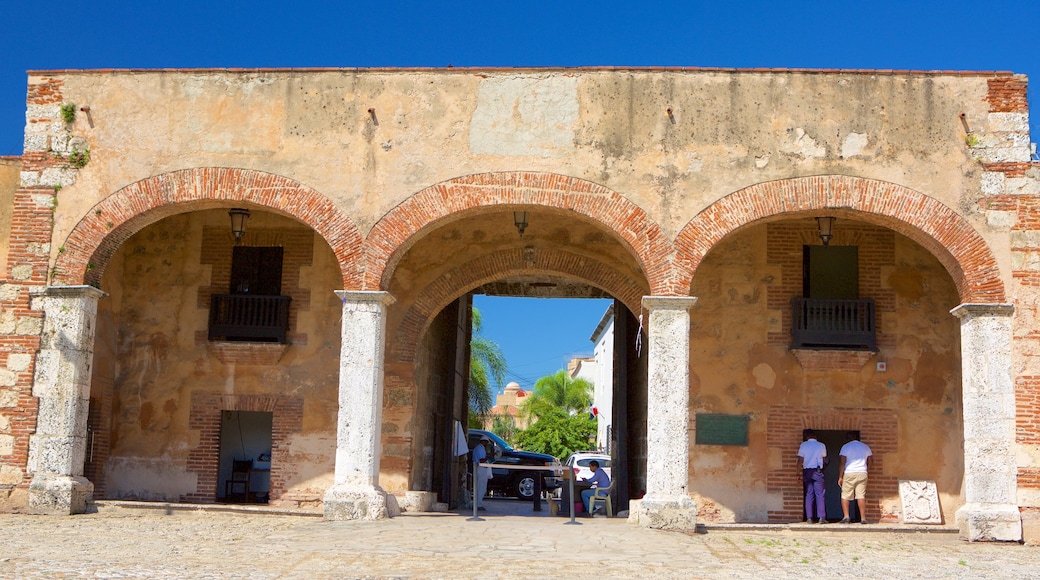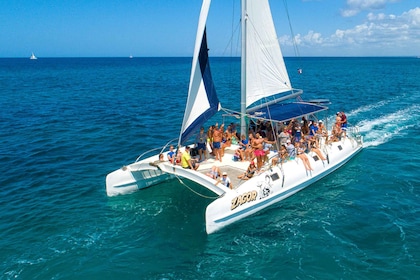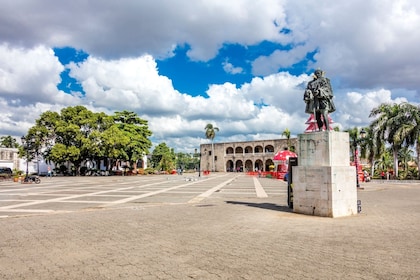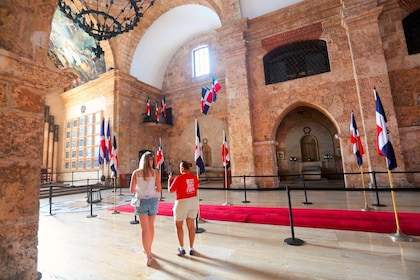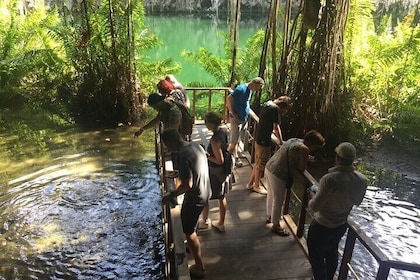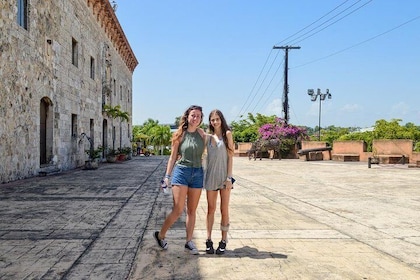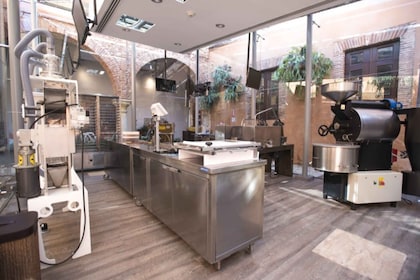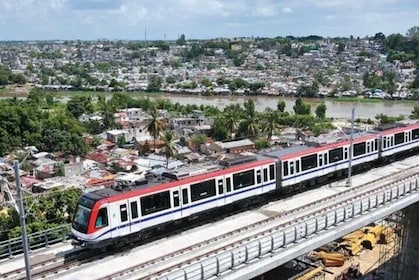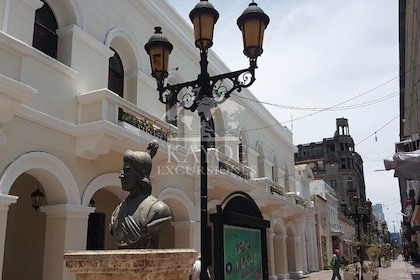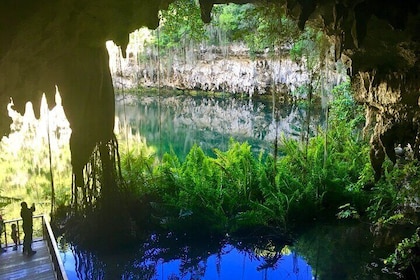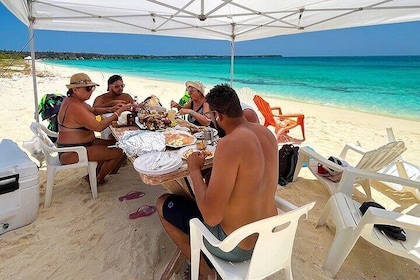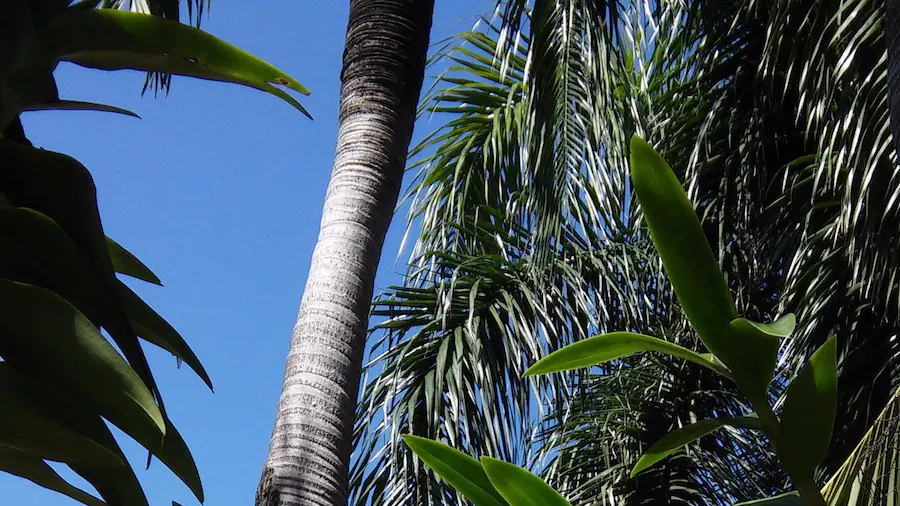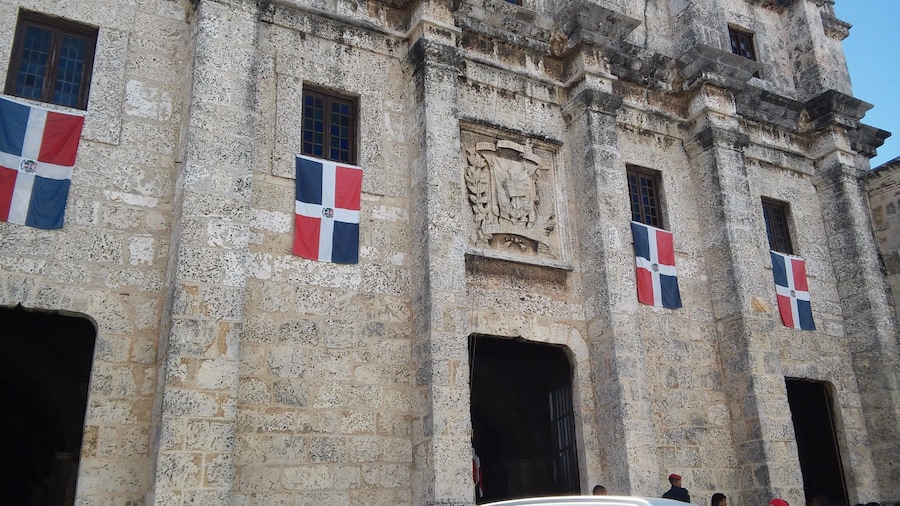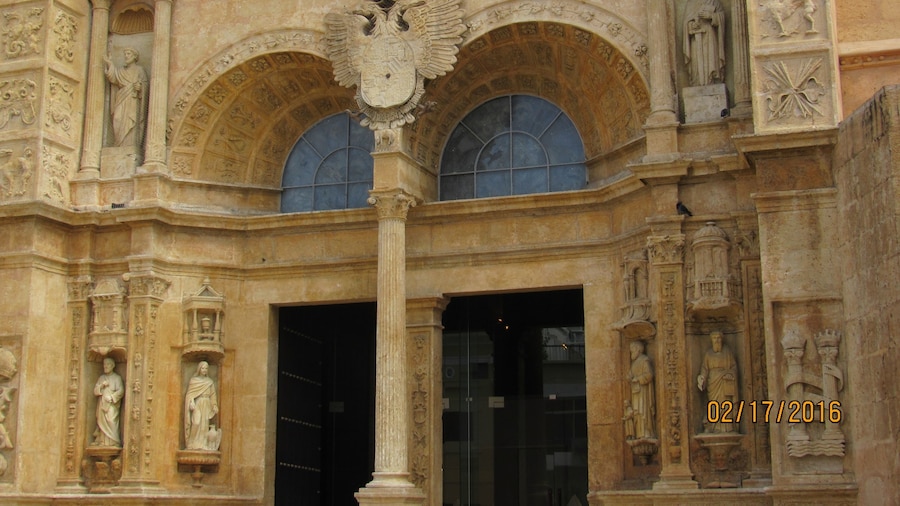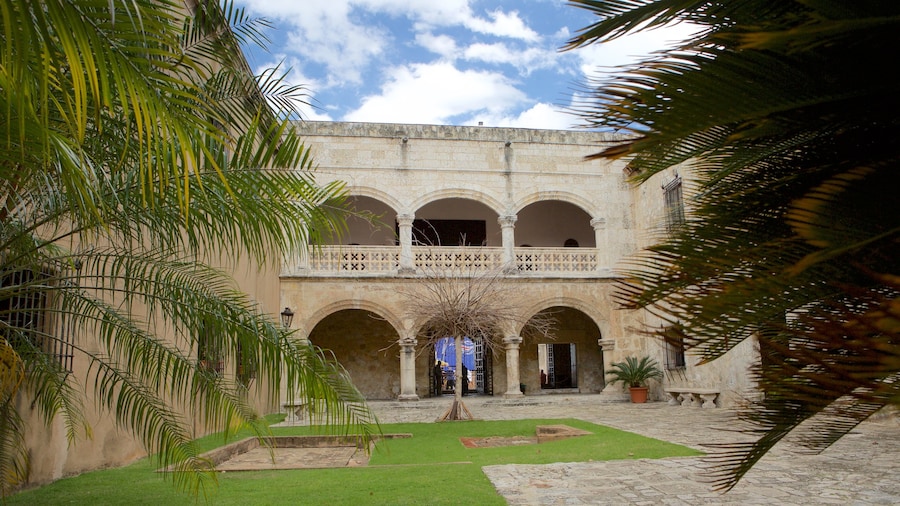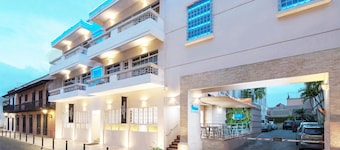The oldest military structure in the New World, this imposing fort is the site from where the Spanish launched several key colonial conquests in the Americas.
Retrace the colonial past of the Dominican Republic at Fortaleza Ozama, which played an integral role in the colonisation of the Caribbean and Latin America. Wander the well-kept grounds, learn about the history behind the fort and climb its five-story tower for views out over the Ozama River.
Construction on the fort began in 1502, although the structure has been renovated and extended several times since then. The Spanish used it as a base from which to launch conquests of countries including Jamaica, Peru, Mexico and Cuba. Following the U.S. invasion of the Dominican Republic in 1965, the fort was withdrawn from military service before opening to the public in the 1970s.
Hire an English-speaking guide to show you around the fort and share information about the fort’s history or read up on the fort before you take a self-guided tour. Among the largest and oldest parts of the fortress is the sturdy Torre de Homenaje. Having once functioned as a prison, this tower was designed to withstand attack from both within and outside, with walls that are 6.5-feet (2-metres) thick. Ascend to the rooftop lookout for panoramas of the city.
Walk around the grounds to see the old arsenal, a 18th-century addition that was once used to store gunpowder. Over its door is a statue of St. Barbara, the patron saint of artillerymen. Other attractions in the complex include a statue of Gonzalo Fernández de Oviedo, an author who wrote extensively about the conquest and colonisation of Spanish America. Don’t miss the excavated remains of an even older fort from 1502. This would have been used as a temporary structure during the construction of the main edifice.
Families may want to call into the children’s museum, Museo Infantil Trampolín, next door to the fort. The child-friendly exhibits cover everything from geography to palaeontology, though there is little English information.
Fortaleza Ozama is located in an elevated position at the mouth of the Ozama River. It is open daily except Mondays and there is an admission fee. Reach the fort easily on foot from the Zona Colonial or ride the local guaguas (private mini-vans).
